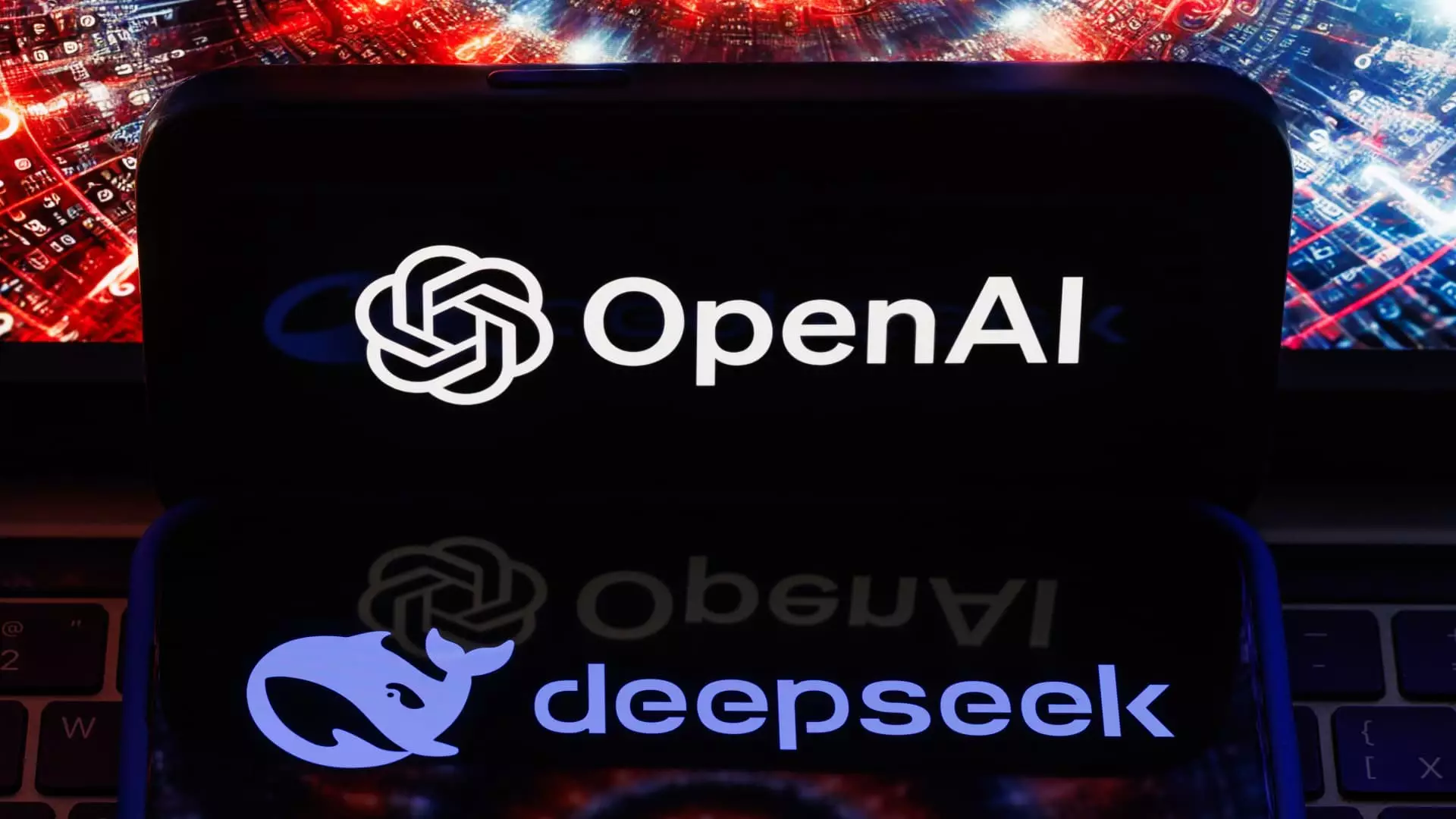As the landscape of artificial intelligence continues to evolve at a rapid pace, a recent development from China’s DeepSeek AI lab has raised eyebrows and sparked discussions about the global AI race. Executives from prominent tech companies recently remarked on the implications of DeepSeek’s advances, asserting that this breakthrough signals a challenging new chapter in U.S.-China competition within the AI sector. This article delves into the significance of DeepSeek’s innovations and what they mean for the future of artificial intelligence.
DeepSeek’s recent announcement concerning its new AI model, which reportedly required a modest training expenditure of less than $6 million, has caught the global tech community off guard. This stands in stark contrast to the immense financial investments seen with Western tech titans like OpenAI and Anthropic, which are pouring billions into AI development. Chris Lehane, OpenAI’s chief global affairs officer, emphasized that the appearance of such a cost-effective model represents the onset of serious competition between democratic and autocratic approaches to AI.
DeepSeek’s capabilities have led industry leaders to reassess preconceived notions about China’s position in the global AI race. Recent assessments indicate that China, often perceived as trailing the U.S. due to restrictions on advanced hardware like Nvidia GPUs, might actually be advancing faster than anticipated. The implications of this shift could alter the future dynamics of global technology leadership and influence.
However, not everything about DeepSeek’s innovation is viewed through a lens of optimism. Critics have raised concerns regarding possible censorship in the AI’s responses, particularly on sensitive issues such as the Tiananmen Square massacre. These features bring to light the limitations inherent in AI models developed under restrictive regimes, emphasizing questions about the integrity and objectivity of the data being generated.
Additionally, there are doubts surrounding DeepSeek’s claims of low operational costs. Analysis from technology research firms suggests that DeepSeek may have significantly higher historical hardware expenditures, with estimates exceeding $500 million. This finding raises essential questions about the authenticity of DeepSeek’s claims and the methodology by which it achieved its latest breakthroughs.
The response of the tech community to DeepSeek’s advancements reflects broader apprehensions regarding the shifting balance of power in AI development. Reid Hoffman, co-founder of LinkedIn, stressed that the competition is indeed heating up, acknowledging DeepSeek’s R1 model as a viable contender against its counterparts. Despite this, even Hoffman cautioned that such advancements do not diminish the necessity for larger AI models, which continue to be integral in the industry.
Victor Riparbelli, CEO of Synthesia, echoed similar sentiments, stating that while DeepSeek challenges traditional paradigms of scaling AI, the transition to utilize DeepSeek’s technologies on a broad scale is not imminent. The ingrained workflows in existing organizations are resistant to immediate shifts towards models they have yet to run extensively.
The emerging competition has opened discussions regarding the global understanding of technology dynamics, especially as it pertains to the U.S. and China. Abishur Prakash, founder of The Geopolitical Business, asserted that the West’s preconceived beliefs about its own technological preeminence are rapidly fading. The reality is that China’s progress in AI is not a sudden development but rather the culmination of consistent effort over several years, challenging the notion of clear-cut leadership in technology.
As the industry navigates this uncertain terrain, feelings of apprehension coexist with optimism. While many in the tech sector acknowledge the impressive strides made by DeepSeek, they also recognize that it remains to be seen how this development will impact larger players. The overarching consensus is that the AI narrative is far from concluded and indeed marks the beginning of a new competitive chapter.
Looking ahead, the implications of DeepSeek’s innovations could extend beyond the business realm into geopolitical considerations. The rise of new contenders in the AI landscape will likely encourage nations to invest more in research and development, potentially altering the funding landscape for burgeoning AI firms.
The challenge for Western firms, particularly those committed to open-source models, will be to maintain their competitive edge while also addressing concerns about operational costs and ethical considerations in AI systems. As boundaries blur, fostering an environment of collaboration could yield progress beneficial for all involved.
The emergence of DeepSeek as a noteworthy player in AI development underscores the complexities and challenges of a changing global landscape. With discernible stakes, both sides must adapt to this new reality, recognizing that the dialogue surrounding AI innovation is evolving, and so too must the strategies that guide it.


Leave a Reply